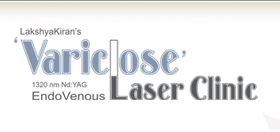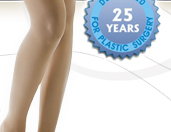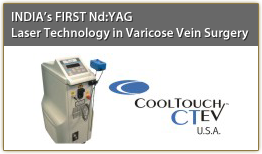You need to rate your symptoms for the following ten questions.
1. Overall, how would you rate the RLS discomfort in your legs or arms?
2. Overall, how would you rate the need to move around because of your RLS symptoms?
3. Overall, how much relief of your RLS arm or leg discomfort do you get from moving around?
(1) Either complete or almost complete relief
(0) No RLS symptoms and therefore question does not apply
4. Overall, how severe is your sleep disturbance from your RLS symptoms?
5. How severe is your tiredness or sleepiness from your RLS symptoms?
6. Overall, how severe is your RLS as a whole?
7. How often do you get RLS symptoms?
(4) Very severe (This means 6 to 7 days a week.)
(3) Severe (This means 4 to 5 days a week.)
(2) Moderate (This means 2 to 3 days a week.)
(1) Mild (This means 1 day a week or less.)
8. When you have RLS symptoms, how severe are they on an average day?
(4) Very severe (This means 8 hours per 24 hour day or more.)
(3) Severe (This means 3 to 8 hours per 24 hour day.)
(2) Moderate (This means 1 to 3 hours per 24 hour day.)
(1) Mild (This means less than 1 hour per 24 hour day.)
9. Overall, how severe is the impact of your RLS symptoms on your ability to carry out your daily affairs, for example carrying out a satisfactory family, home, social, school, or work life?
10. How severe is your mood disturbance from your RLS symptoms–for example angry, depressed, sad, anxious, or irritable?
Diagnosis:
Diagnosis is made using the International RLS study group (IRLSSG) criteria (above). Symptoms are rated on a scale from 1 to 40 points.
Very severe: 31-40 points
Many theories as to its cause include genetic, familial, anemia, pregnancy, Parkinson's disease, thyroid disease, kidney failure, varicose veins and idiopathic.
Current and relative research:
McDonagh, King, Guptan in Phlebology 2007 studied 174 consecutive patients and 174 matched healthy controls. They found that 36% of patients presenting to Phlebology practice had RLS symptoms compared to control of 19%. Of the 36% that had RLS symptoms 98% had chronic venous disease. Of the 19% matched healthy control that had RLS symptoms 91% had chronic venous disease. Only 9% of control group that had RLS symptoms had no CVD. It appears that higher RLS scores were associated with higher CEAP score.
Kanter Dermatological Surgery 1995 had 113 patients with the dual diagnosis of RLS and varicose veins. They were treated with sclerotherapy only. Fifty seven percent had CEAP Class I CVD (telangiectasia). Of those treated 98% reported rapid relief.
Hayes et al Phlebology 2008 studied 35 patients with moderate to severe RLS with CVD. They were divided into operative (EVLT/UGS) and non-operative (no treatment). 80% of those with treatment had improvement in their symptoms. 53% had a follow up score less than 5 indicating their symptoms had been largely alleviated. 31% had a score of 0 indicating complete relief of their symptoms.
McDonagh et al COMPASS study Phlebology 2002 studies 186 with GSV reflux, 17% with RLS. They were treated with sclerotherapy. 100% reported RLS relief.
Hypotheses on why CVD causes RLS:
Venous congestion hypothesis: Venous congestion causes pooling of blood in the extremities which then stimulates movement of the extremities to increase venous return.
| 







